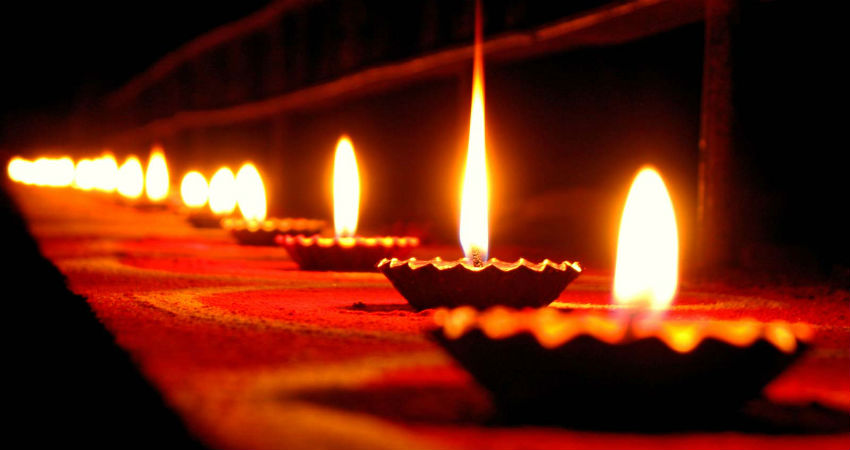
Right after monsoon comes the season of festivities, bringing a reprieve from daily grind, where different communities celebrate ritually diverse festivals. Each festival in India has multifaceted significance and is religiously marked by various practices such as fasting, abstinence, etc. While festivals are an occasion to celebrate with great pomp and show, spare a moment to go through this article before going out to buy a box of fire-crackers this Diwali.
Noise Pollution
Loudspeakers, fire crackers and loud musical instruments, appear to be one of the biggest culprits of noise pollution during festivals in our country. With the advent of urbanisation, people in the metros had to grapple with the problem of noise pollution in everyday living, and any kind of public celebration only aggravates this lurking issue. A study by World Health Organisation (WHO) asserts that noise pollution is not only a nuisance to the environment but it also poses considerable threat to public health.
In residential neighbourhoods, the Supreme Court limits the noise levels to 55 decibels in the day and 45 decibels at night to keep things sustainable for everyone, with no special soundproofing methods. The local authorities are here to maintain decorum during festivals but we as citizens should also be responsible enough to keep noise within permissible limits. Time and again people have violated these levels during Janmashtami, Ganesh Chaturthi, Durga Puja, Navratri, Dussehra, Diwali and the list goes on. Despite being worldly-wise, we ignore the health impacts of incessant exposure to such high-decibel sounds. Besides affecting toddlers and children, they bring health issues in adults like hypertension, sleep disturbance, tinnitus and acute hearing loss.
Water Pollution
Ganpati celebrations shortly followed by Durga Puja this year saw immersion areas littered with flowers and parts of idols. The mess created by bursting of crackers cannot be ignored as well. The materials such as plaster of Paris used in making idols add to the water pollution. Paints used for decorating the idols, loaded with high levels of mercury and lead, increases the toxin levels of water bodies after immersion days. These toxins eventually enter the food chain after affecting the marine ecosystem and its biodiversity. The highly contaminated Ganga is now saturated with litres of paint, bulks of plaster of Paris, toxic synthetic materials and non-biodegradable wastes like plastic flowers, plunged into the holy river.
Air pollution
Apart from releasing toxic gases, bursting of crackers also leads to pollution of air. Diwali, every year leads to an alarming rise in the level of Respirable Suspended Particulate Material (RSPM) in the air, due to bursting of fire crackers. RSPM are minute particles and can contribute to various health issues including asthma and bronchitis.
Dry Waste
Festivals also generate a humongous amount of dry waste. With firecrackers being the main ingredient to Diwali celebrations, the problem of dry waste increases by leaps and bounds due to lack of dumping space and other neglected constraints. Diwali being round the corner, local government bodies should take a meticulous approach towards guidance notes for municipal solid waste disposal. Garbage that can easily be recycled or reused also ends up in mounting landfills. And heaps of garbage including fruits, flowers, incenses and camphor coming out of puja pandals cannot be ignored either.
Relentless social activism is essential to educate people to switch to eco-friendly methods of celebration. In several parts of the country, craftsmen have started using eco-friendly materials and organic paints to make idols. For instance, the idol makers in Kumartuli, the nerve centre of idol makers in Kolkata, took steps this year to check toxic waste levels by using paints devoid of lead, mercury and chromium to embellish the idols. Clay idols instead of the PoP ones are also getting their share of popularity.
Spreading the message of civic sense this Diwali might help to curb or at least limit the pollution levels. We must get our social act together before blaming it on local administrators and civic amenities. Today one can easily find sustainable ways of adding to the glory of the festivals and we as ‘law abiding citizens’ should also take initiatives to cooperate with the government. If you have better ways of protecting the environment and saving our Mother Earth, you are most welcome to go ahead and spread the message. There are several ways to do so and Google will definitely come to your rescue.
Picture courtesy- LawRato


